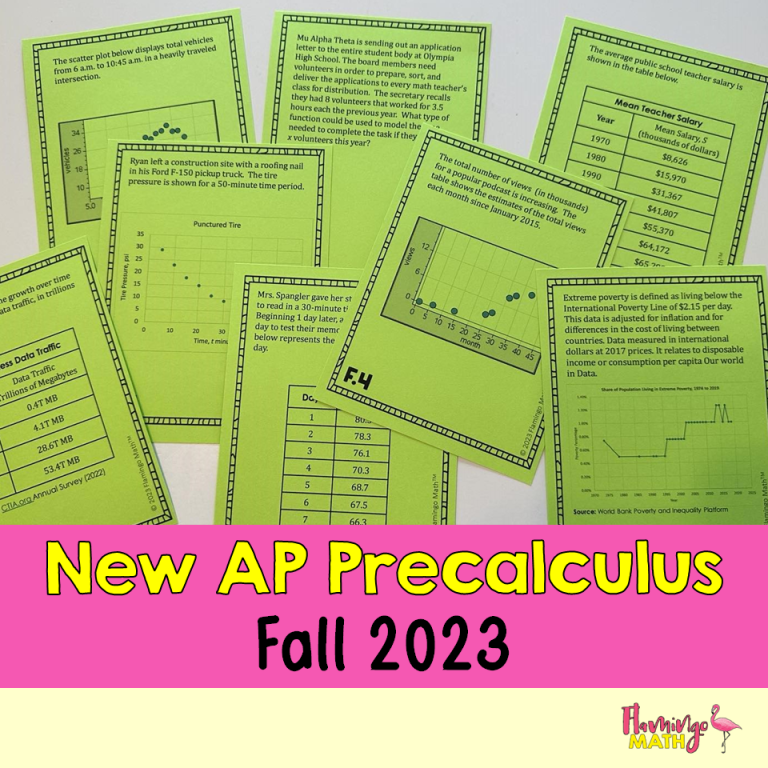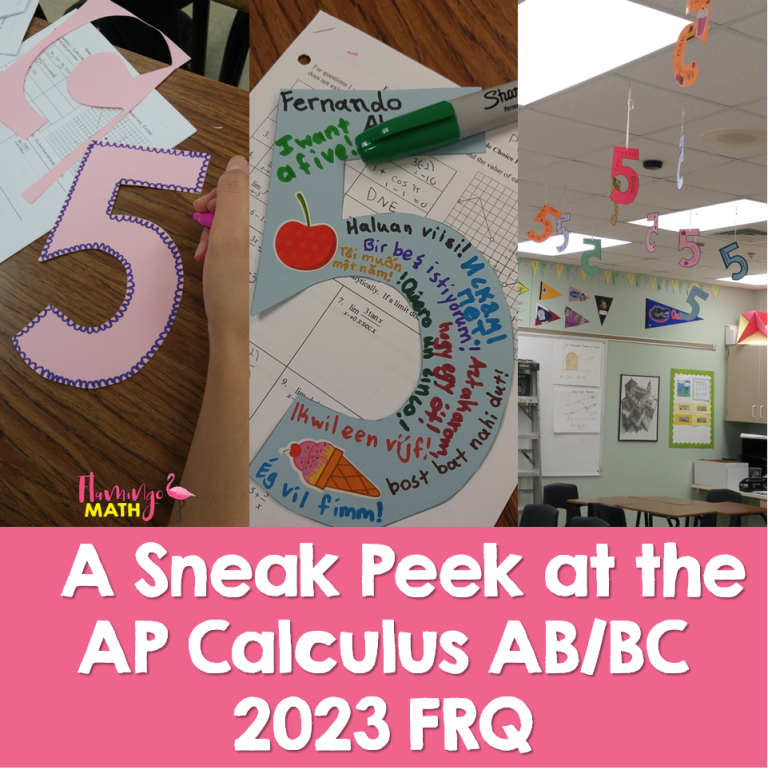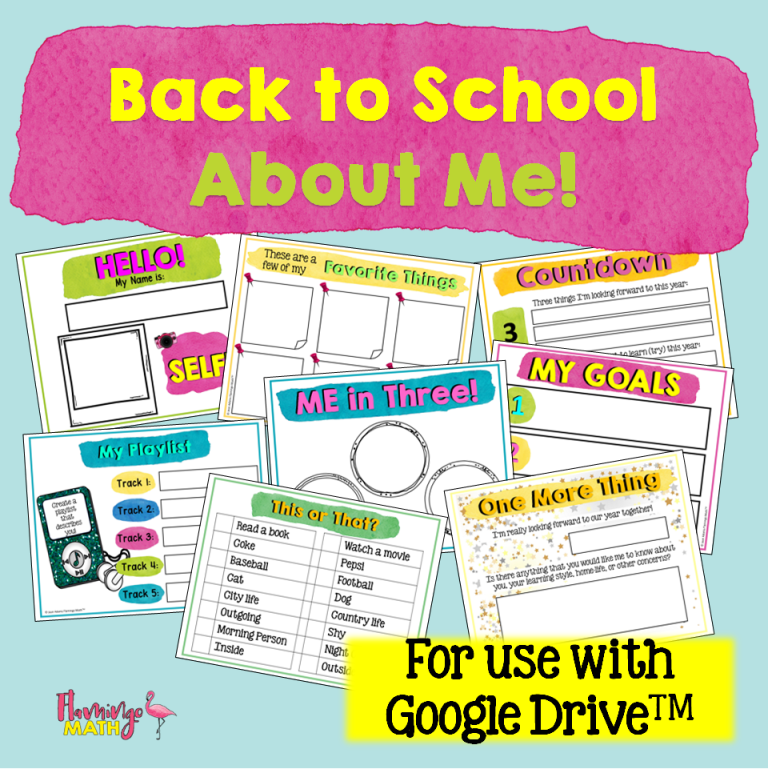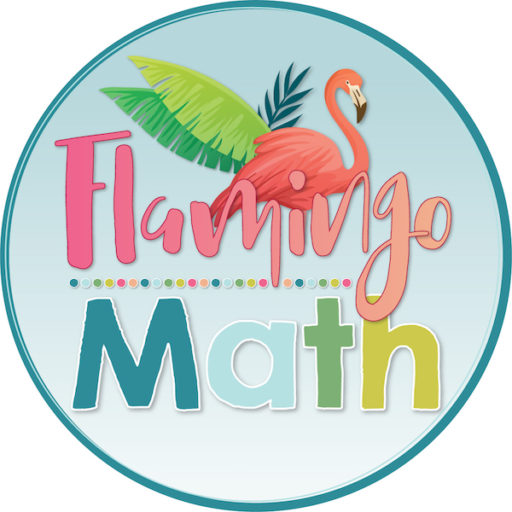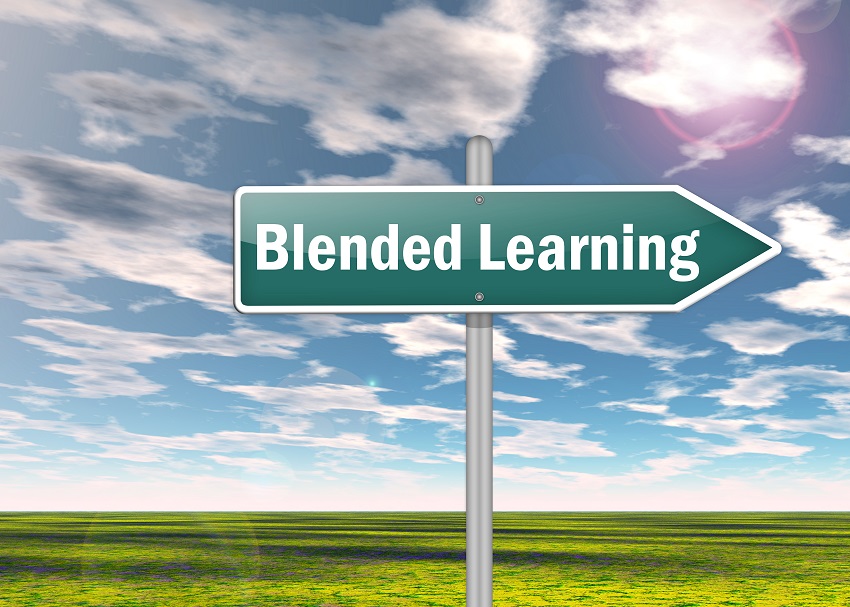
Do you feel overwhelmed by the rapid changes occurring in the world of education? Has your school gone to a 1:1 platform, or are you in a shared device school? Or, maybe it is just a topic on the near horizon in your district. No matter where you and your students fit into this continuum, you need to consider what changes are coming and how these changes will impact your classroom and your students.
As teachers, we find ourselves under more pressure than ever to improve student performance. So, I’m writing these thoughts to all educators who are standing on the edge of creating effective, blended learning models as we begin the implementation of 1:1 or shared devices in our classrooms this fall.
In his book Future Shock (1970), Alvin Toffler wrote, “Future shock is the shattering stress and disorientation that we induce in individuals by subjecting them to too much change in too short a time.” While Carol Ann Tomlinson, The Differentiated Classroom (1999), tells us how “the brain is much more efficient at retaining information when it is chunked.”
While our ultimate goal is to provide students with learning experiences that are optimized for real, lasting knowledge retention, cognitive scientists tell us that the best practices for improving learning and retention includes spiraled review, active recall, and metacognition (thinking about our thinking).
Our main goal is to transfer a set of required concepts and skills, based on course standards. But, many of us also have a new set of expectations to implement which include the use of technology. We are pioneers in this new frontier, each of us will find a bit of the truth to share with educators in our inner circles. Some are already years ahead; while others, like myself, are just beginning this journey. As I was contemplating my options this summer, I decided on a three-fold plan to move my students into this new way of learning. But, there is also a fourth goal I will keep in mind as well.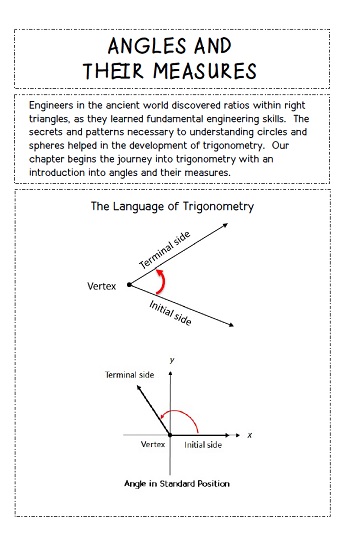
1) I am a believer in the power of note-taking with Foldables®. Graphic organizers have been a central part of my teacher’s tool kit for over 15 years. My students will continue to record their daily notes and examples on an 8-page bound book style foldable. They create a book of their own with all the lessons compiled in these little mini books. Then, they are glued into a composition book after each lesson is completed.
2) Have you seen the marvelous genius and variety found in Desmos Activities at teacher.desmos.com? I will definitely build in time for my students to explore and learn by discovery. Just take a look at Marbleslides, for example. Students use this interactive graphing utility to learn by discovery. Teachers are able to view the entire class at work. Students answer thought-provoking prompts and are shown a sampling of other responses from classmates. There is such great learning happening on so many levels. You can also create your own activities with the Activity Builder.
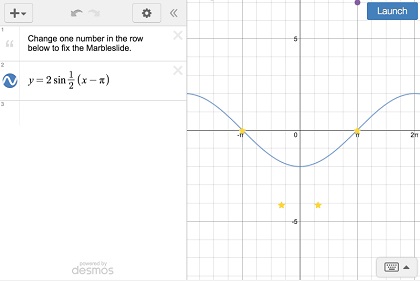
3) Then, finally, I plan to use Google Classroom and Google Docs to bring digital tools to life for my students. I’m working steadily to create new products that will help my students collaborate with their peers to grow in their understanding of mathematics.
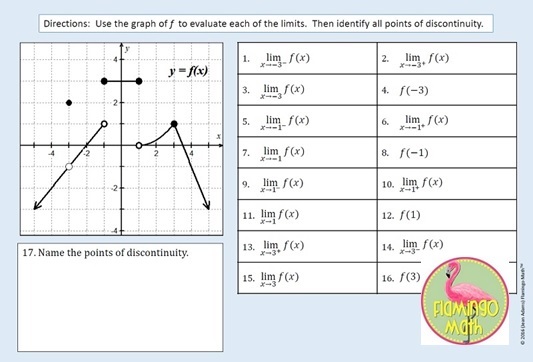
4) Goal Number Four may be the most important of all. I will allow myself time to grow and develop on this journey of rapid change into the digital world of educating teens in mathematics.

